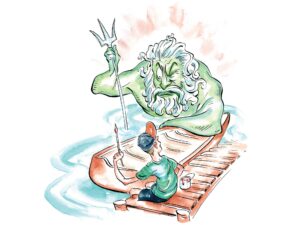
The BoatUS Foundation for Boating Safety and Clean Water is seeking a diverse panel of volunteers who will serve as peer reviewers to evaluate applications for Abandoned and Derelict Vessel (ADV) removal grants between December 2024 and July 2025.
Volunteers are encouraged to sign up by visiting BoatUS Foundation. The deadline to apply is November 1, 2024.
The Foundation has been awarded a four-year, $10 million grant from the National Oceanic and Atmospheric Administration Marine Debris Program with funding provided by the Bipartisan Infrastructure Law to clean up and improve safety along coastal areas by removing abandoned and damaged boats from our nation’s waterways and the Great Lakes. Reviewers will be part of this national effort to improve the environment and remove unsightly vessels from our waters.
Volunteers with backgrounds in marine debris management, the boating industry, education, non-profits, government agencies, marketing and outreach, grant management, financial analysis, project evaluation, impact assessment, as well as legal or regulatory fields are encouraged to apply. Reviewers are asked to commit to at least one review cycle (two to three months) with an expected time commitment of 25 hours per cycle that includes independent review of proposals and virtual meetings.
Read Next: Selecting the Right Insurance Policy for Your Boat or PWC

By being part of this program, volunteers will help remove the harmful pollution and safety hazards caused by ADVs, ensuring a positive impact on the environment and our waters for years to come.
“This is a coordinated, impactful investment to remove abandoned and derelict vessels, and we’re proud to help NOAA carry out this important mission to rid our shores and waterways of marine debris,” said BoatUS Foundation President Heather Lougheed. “Our goal over the next four years is to focus on the immediate issue – the substantial number of ADVs that need removal.”
Lougheed added that in the future, the BoatUS Foundation hopes to expand the program to inland freshwater lakes and waterways, and reach a point where ADV removals diminish as educational and preventive efforts have greater impact.









